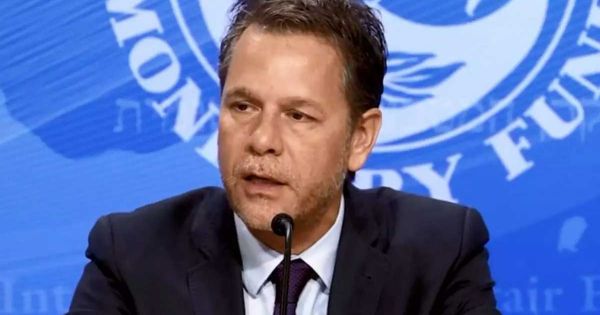
IMF mission arrives in Buenos Aires to discuss US$ 11 billion loan
An International Monetary Fund (IMF) team landed in Buenos Aires Wednesday to discuss Argentina's eligibility for a US$ 11 billion new loan to make up for the South American country's currently negative reserves. The mission is headed by the IMF's Western Hemisphere Department Deputy Director...
According to Milei, Argentina would end its anything-but-Libertarian exchange rate controls if the IMF would agree to the US$ 11 billion deal. The IMF experts are to stay in Buenos Aires until Sunday, although talks are expected to continue beyond their departure. “I believe that the result will be a more dynamic and prosperous Argentina,” Georgieva said after meeting with Milei.
